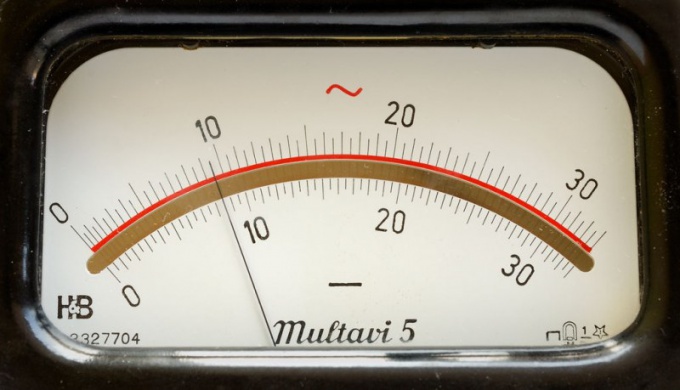Instruction
1
Only use the shunt supplied with ammeter. Any other will lead to a significant distortion of the testimony. This is due to the fact that magneto indicators of different brands even with the same current full deflection have different internal resistance.
2
Select a shunt, designed to limit the current somewhat lower than measured. For example, if it is assumed that the current in the circuit can vary in the range from 5 to 8 And use the shunt to 10 A.
3
Screw the indicator has two nuts. Remove each of the screws only one of them. The second, located closer to the body, do not remove, otherwise the screw will fall inside, and to repair the device it will have to open it. Then, if he had been tested, you will need to carry out this procedure again.
4
Put the shunt on the screws and secure them with nuts. Don't forget about the two washers that must be placed between the shunt and the second nuts each of the screws.
5
Unplug the device, power consumption you want to measure. Break the chain of his power, and then, observing polarity, include in the circuit an ammeter with a shunt. Pinch the wire between the washers. Turn on the power, read the testimony, and then again power off the circuit, remove the ammeter and restore the connection.
6
The readings and multiply by a factor specified on the shunt. If not specified, calculate the interval yourself. For example, if the current full deflection of the indicator is equal to 100 mA, and the shunt is designed for 10 And then every microampere on the scale will correspond to the 0.1 A current in the circuit.
7
In a pinch you can use a shunt without the designation and any magneto-electric indicator. Connect successively the subject and exemplary ammeters. Connect them to the AVR current. Gradually increasing the current from zero, achieve full deflection of the test instrument. In the exemplary ammeter find out the current in the circuit. Divide it into the number of divisions on the scale, and thus calculate the price of one division.
Note
Do not engage the switches energized.
